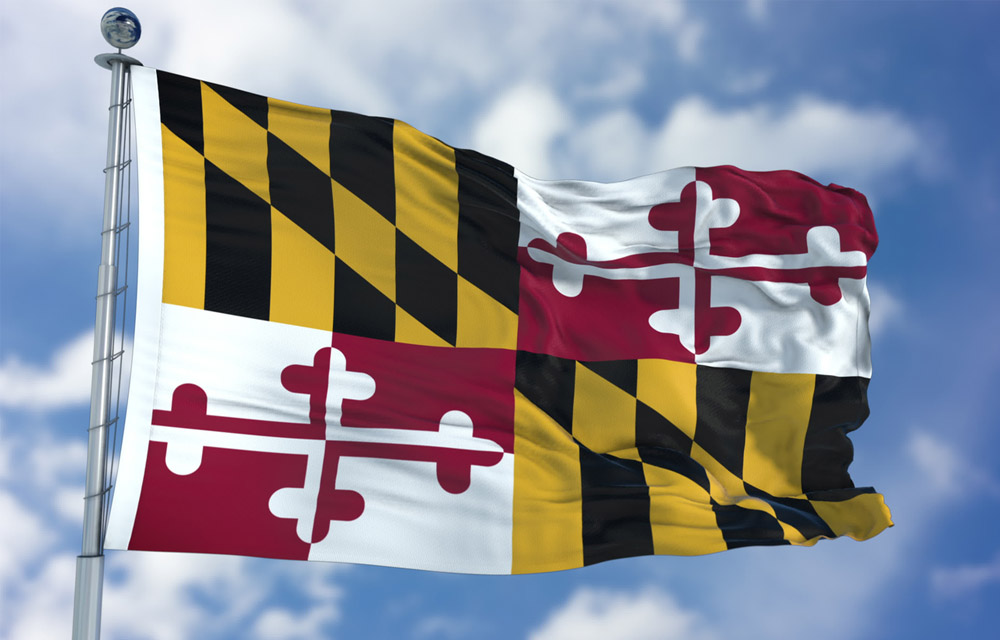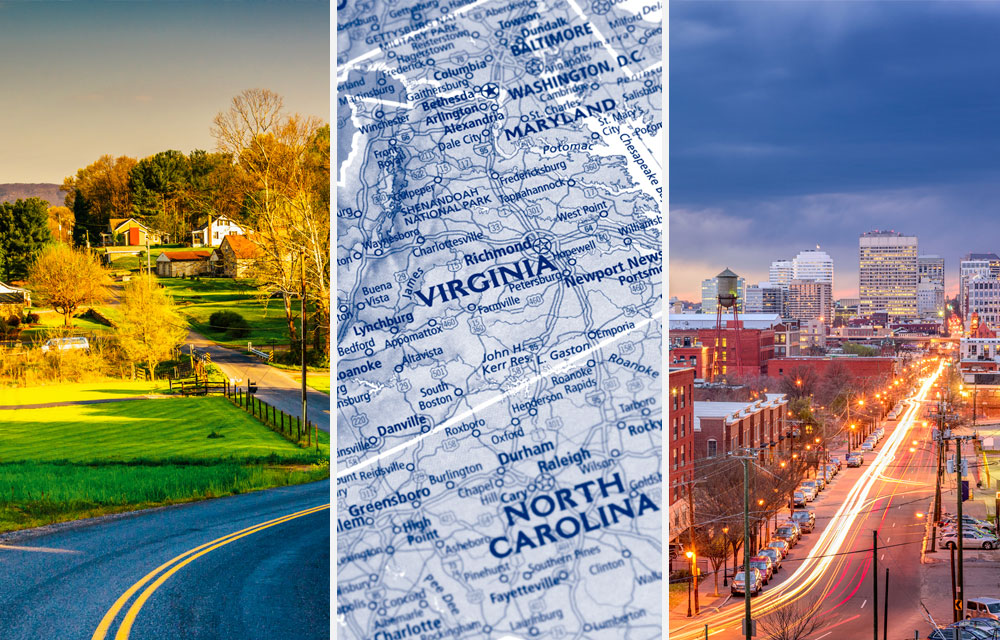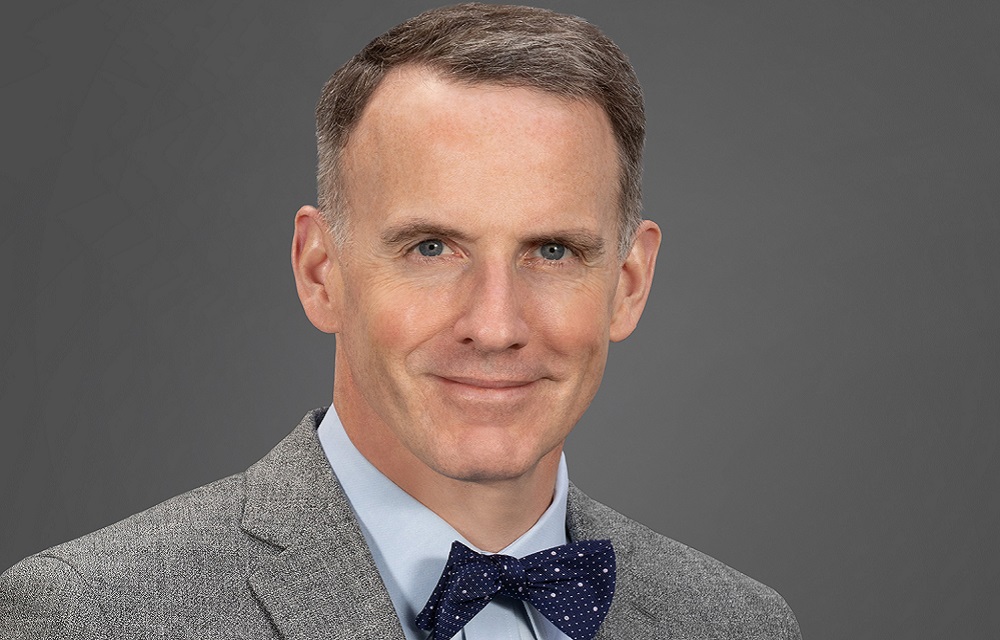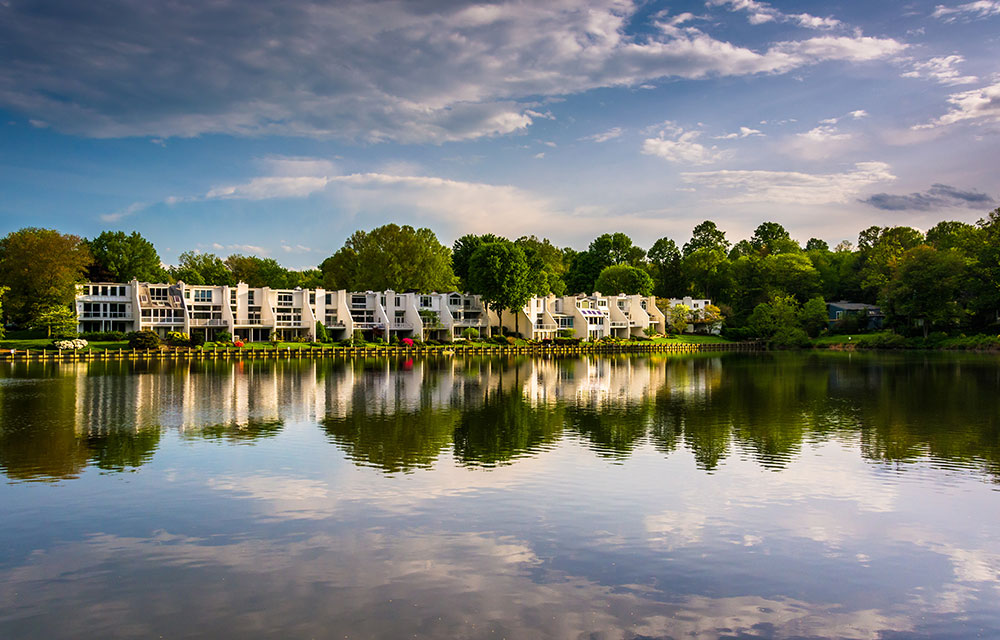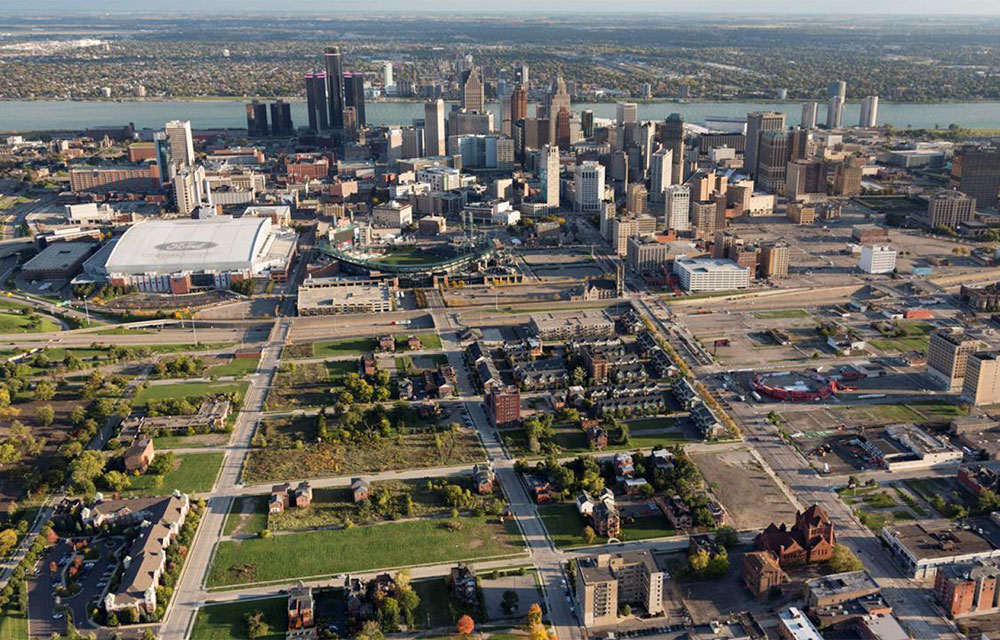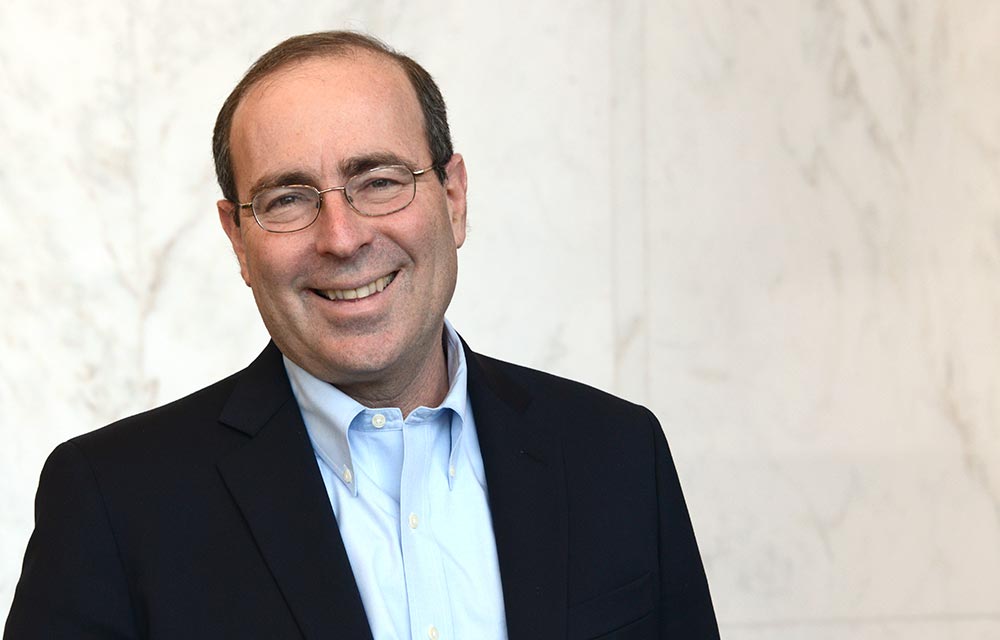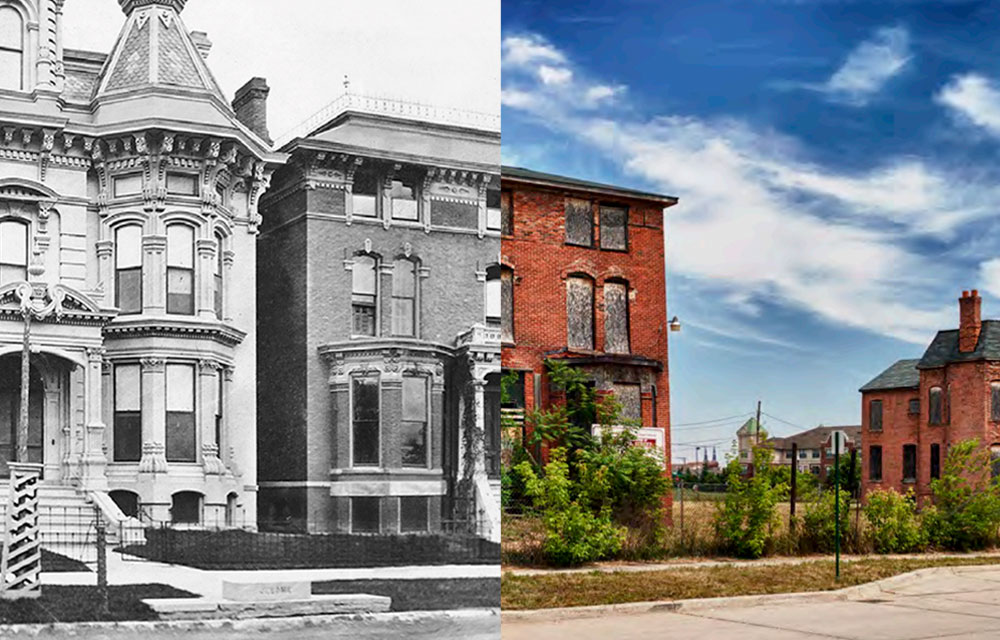The recent changes to how federal agencies define metro areas impact how we report, analyze, and better understand the Fifth District.
Urban Economics

Examine history, policy and economic outcomes in urban neighborhoods.
 Updating Results
Updating Results
In this post, we examine recent domestic migration trends in Maryland compared to peer states in the Fifth District.
Upcoming Event: What do Uber and the Federal Reserve have in common? They both hire economists! Did you know that some of your favorite brands also hire economists? But what do economists actually do? Registration required.
Changes to the urban area criteria used for the 2020 census data have resulted in shifts in the rural-urban population distribution in parts of the Fifth District.
Richmond Fed Research Director Kartik Athreya shares takeaways from the annual Technology-Enabled Disruption Conference, co-hosted by the Richmond, Atlanta and Dallas Feds.
New Jersey voters approved legalized gambling for Atlantic City in a 1976 referendum. The state explicitly leveraged the city's regional monopoly on casinos east of the Mississippi River as an economic development strategy to revive the blighted seaside resort town.



